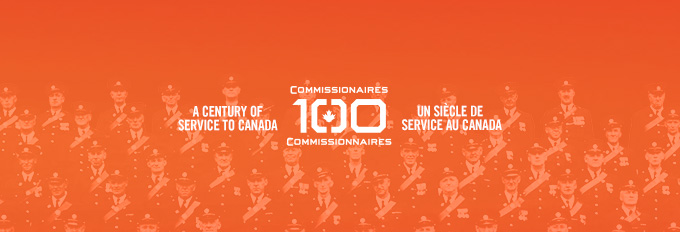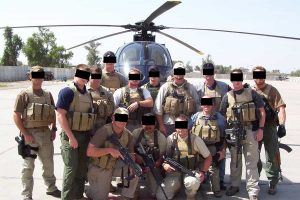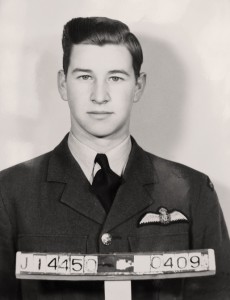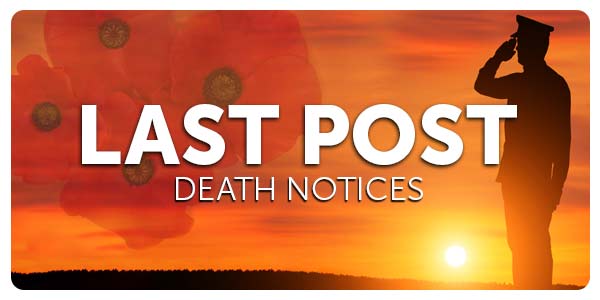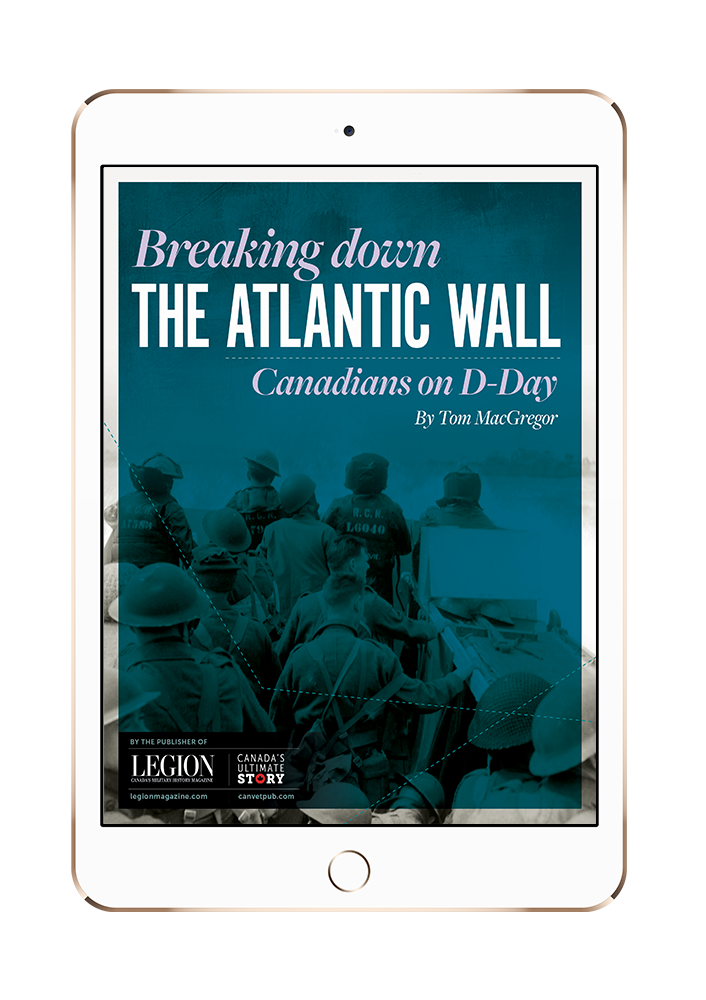
The commanding officer of the Danish warship HDMS Triton on Hans Island in August 2003. [Wikimedia]
The soldiers didn’t arrive expecting a fight. Rather, they planted a Maple Leaf Flag and left a bottle of Canadian whisky—a lighthearted assertion of Canadian sovereignty over what to most outside observers was an inconsequential stone slab. The Danish minister of Greenlandic affairs responded in kind, coming to the island a few months later, hoisting a Danish flag and leaving a bottle of schnapps with a letter stating “Welcome to the Danish Island.”
Thus, began what became known as the “Whisky War,” a jocular to-and-fro during which the friendly NATO allies took turns raising flags and leaving behind bottles of booze associated with their homelands.
The whimsical border dispute—and 17 years of negotiations—came to an end on June 14, 2022, when Canadian, Danish and Greenlandic officials gathered in Ottawa to sign a treaty dividing the island roughly in half, thus creating a land border between Canada and Denmark.

Hans Island was at the heart of a nearly 50-year dispute between Canada and Denmark. [Wikimedia]
“I think it was the friendliest of all wars,” said Foreign Affairs Minister Mélanie Joly at the time. The treaty, she added, is “a win for Canada, a win for Denmark and Greenland, and a win for Indigenous Peoples.”
But while Denmark’s parliament ratified the treaty in December 2023, Canada’s has not yet done so.
“The North American Arctic is no longer free from tension.”
In a sweeping new Arctic foreign policy strategy announced Dec. 6, 2024, the federal government promises to tie that loose end and “finalize the implementation of the boundary agreement between Canada and the Kingdom of Denmark regarding Tartupaluk (Hans Island).”
It is among the simplest fixes the document undertakes—a stark contrast, for example, to its intention to launch boundary negotiations with the United States on the strategic and potentially resource-rich Beaufort Sea, which U.S. President Donald Trump apparently covets (along with the rest of Canada and Greenland).
The strategy aims to address more serious issues largely brought about by Russia’s continuing invasion of Ukraine and climate change, which is expected to render the Arctic Ocean “an increasingly viable shipping route between Europe and Asia” by 2050. Non-Arctic states—most particularly, China—are showing increasing interest, and presence, in the Arctic.
“The North American Arctic is no longer free from tension,” says the strategy. “Canada must work even closer with its closest ally, the United States, to maintain a secure North American homeland. Canada should also be closer than ever to its Nordic allies.”
It declares effective diplomacy “critical for shaping the international environment to defend and advance Canadian national interests; it is a first line of defence for Canada’s national security. Canada’s fundamental defence and security goal is to prevent and defuse potential crises before they can develop into conflict.”
Ottawa was to appoint an Arctic ambassador to better represent Canadian interests. It also intends to open new consulates in Alaska and Greenland, initiate an Arctic security dialogue with like-minded states, and further support science and research related to Arctic security and science.
Meanwhile Canada, it says, is making investments to ensure that its military has the capabilities required to operate in “an evolving geopolitical context.” By 2030, it adds, Canada will have almost tripled its defence spending from 2015.
Advertisement




